I’ve done a lot of work on the way that electronic first curtain shutter (EFCS) works on the Sony a7x cameras, but I never did much with the EFCS in the Nikon Z-series cameras, except to measure how well the did at reducing vibration and the associated image sharpness. The reason was that I somehow had gotten the idea that all EFCS systems in MILCs were about the same. A discussion with a DPR member make me question that assumption, and I took a look.
The tools I used were the same tools that I had used with the Sony cameras: a Tek analog oscilloscope (this won’t work with a digital one) and a Wavetek function generator. I set the Wavetek to a high frequency triangle wave so I’d have lots of traces that spanned the vertical extent of the scope. I set the x-axis timebase to 1 millisecond per division. I mounted a CV 125mm f/2.5 Apo-Lanthar on a Z7, and focused it on the scope face.
I first tested the mechanical shutter, with the shutter speed set to 1/2000 second.
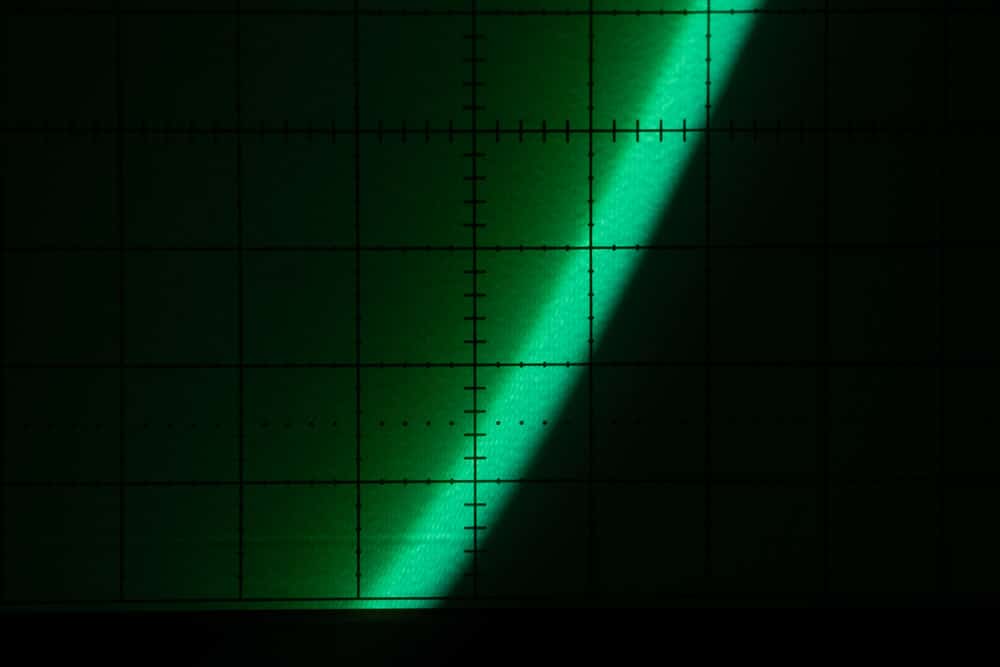
Earlier time is on the left. Later time is on the right. You can see that the Nikon exposes the image from the bottom to the top (because the image is reversed on the sensor, that means the shutter travels from the top of the camera to the bottom). You can also see that the shutter speeds up as it travels across the sensor. Both curtains speed up at the same rate, so the exposure is even.
You can see that the exposure is about half a division. Half a division is half a millisecond. The shutter speed was set to 1/2000 second. 1/2000 second is half a millisecond.
You can also see how long both curtains take to travel across the sensor, if you mentally extend the green areas at the bottom of the image to the edge of the image. It’s 3 divisions. Three divisions is 3 milliseconds. The synch speed of the Z7 is 1/200 seconds. That’s five milliseconds. That means, if the planets align, you’ll be able to use the Z7 at max synch speed with strobes of up to 2 millisecond duration.
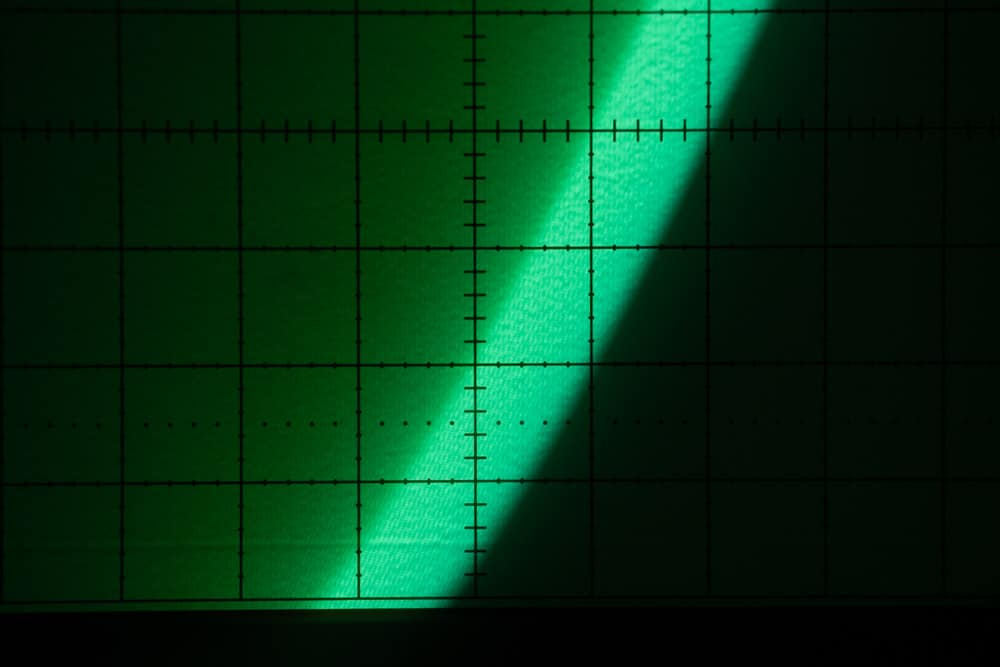
At 1/1000 second, not much changes except that the slit gets wider, so that each parto fthe sensor is exposed for 1 millisecond, or 1/1000 second.
Going back to 1/2000 second, and turning on EFCS, here’s what we see.
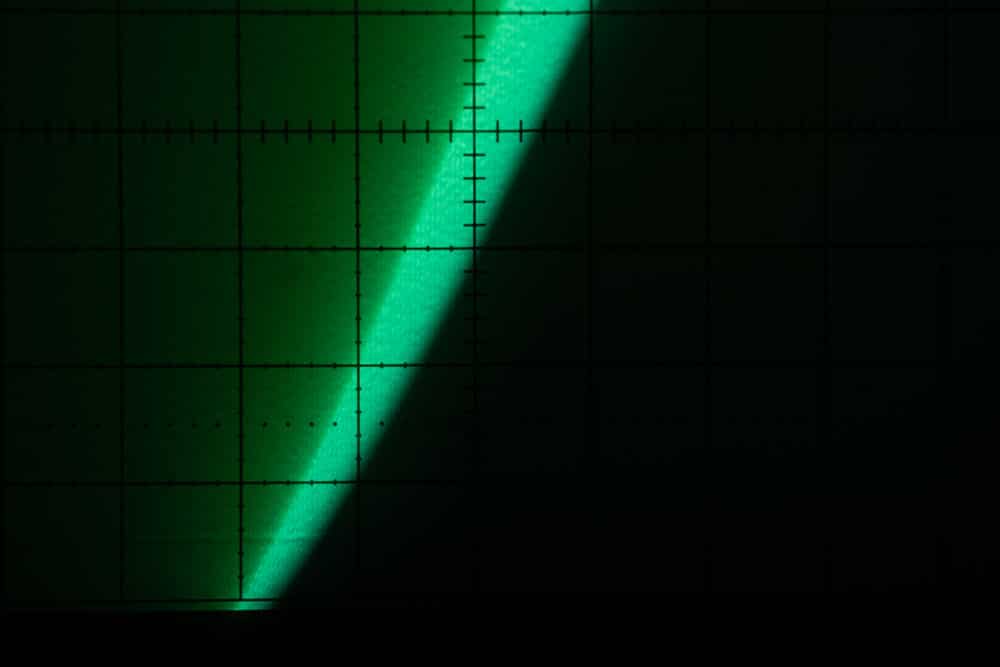
The second curtain, which is the mechanical shutter curtain, still takes 4 msec to make its way across the sensor, and it still starts slow and speeds up as it goes. But the first curtain, which is the electronic one, marches along at a constant pace, so that the exposure is shorter at the bottom of the image than at the top by almost 500 microseconds.
Sony has this problem to a smaller extent, because they come close to replicating the speeding up of the second curtain by speeding up the first, electronic, one.
Setting the shutter speed to 1/1000 second makes the issue less severe:
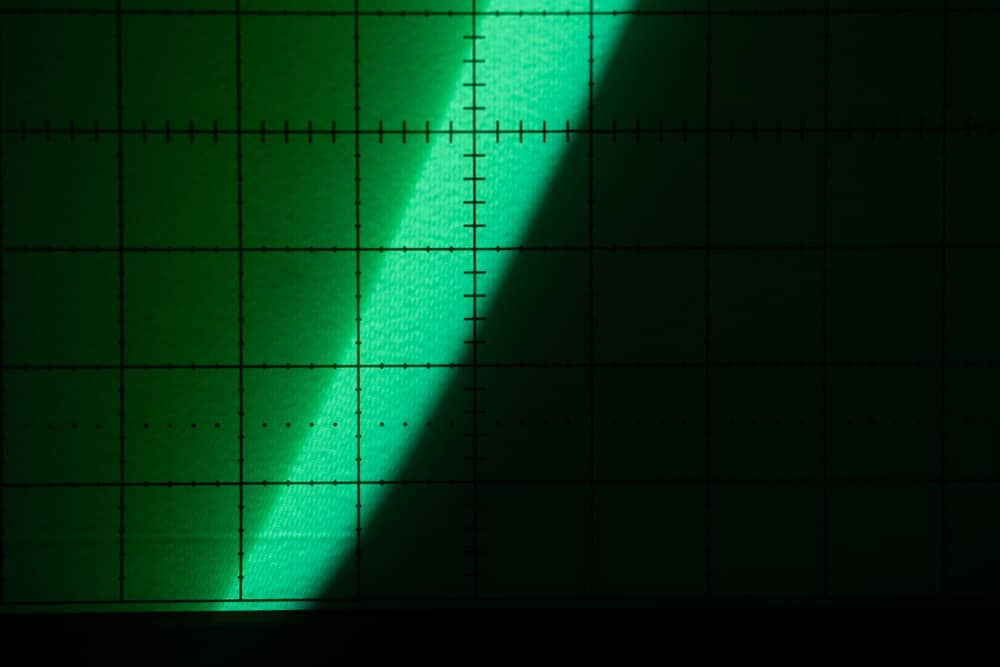
Toward the bottom, the exposure is close to 1/2000 second, and at the top, it’s 1/1000 second.
Slowing the shutter down even more:
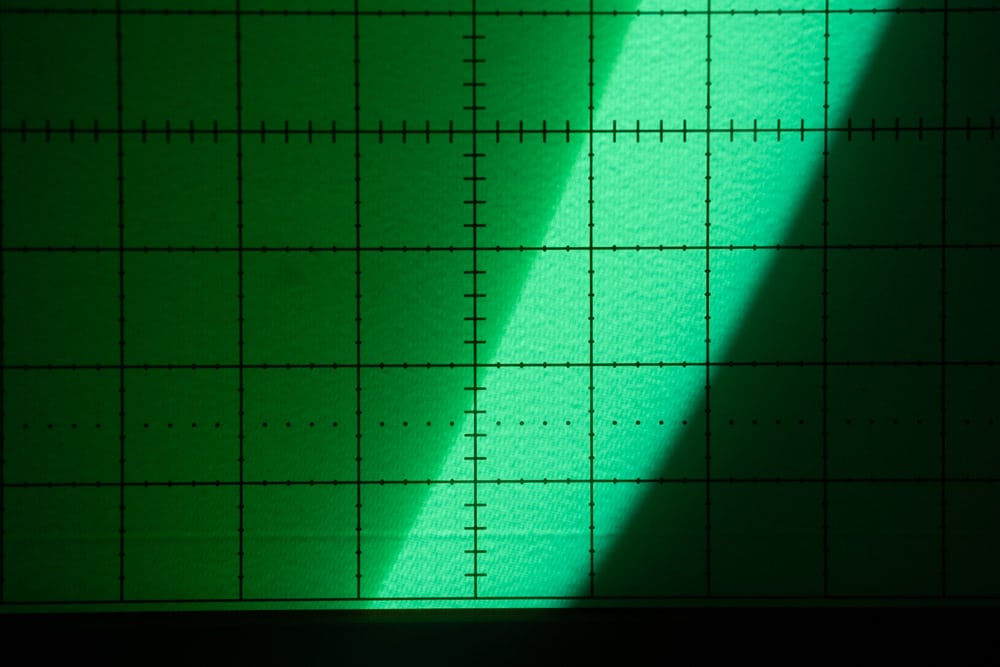
It’s 1/500 at the top, and a bit less than that at the bottom.
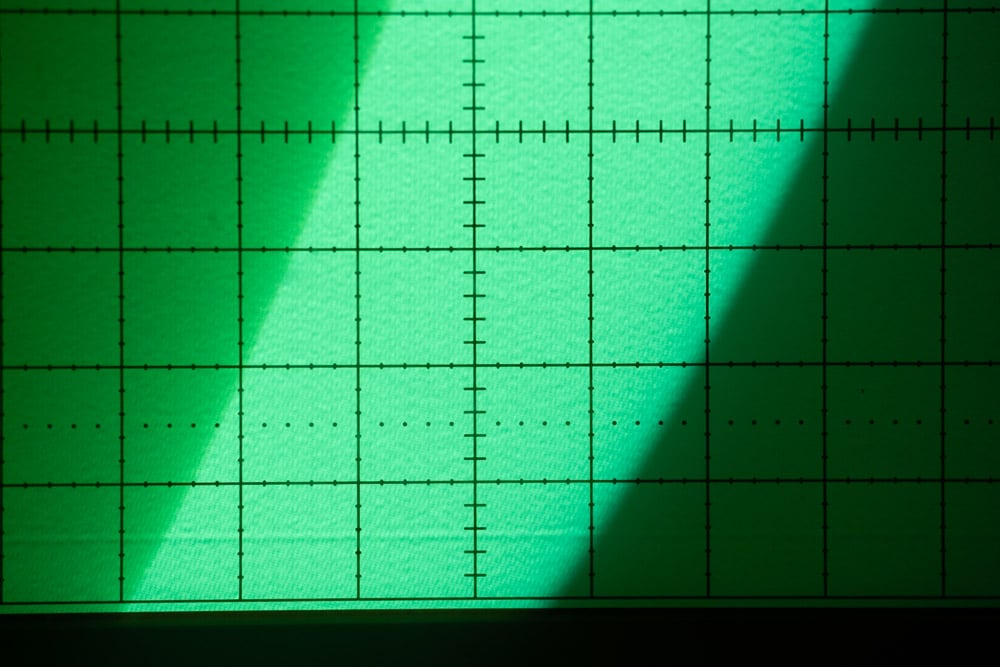
At 1/250, the problem essentially disappears.
Nikon limits the maximum shutter speed in EFCS mode to 1/2000 second. Sony doesn’t limit theirs, but cautions against high shutter speeds with EFCS. Sony’s compensation in the EFCS ‘ballistics” is one of the reasons why. The other is that the Sony shutter travels in the opposite direction and it’s often better to have the image a bit dark at the top than at the bottom.
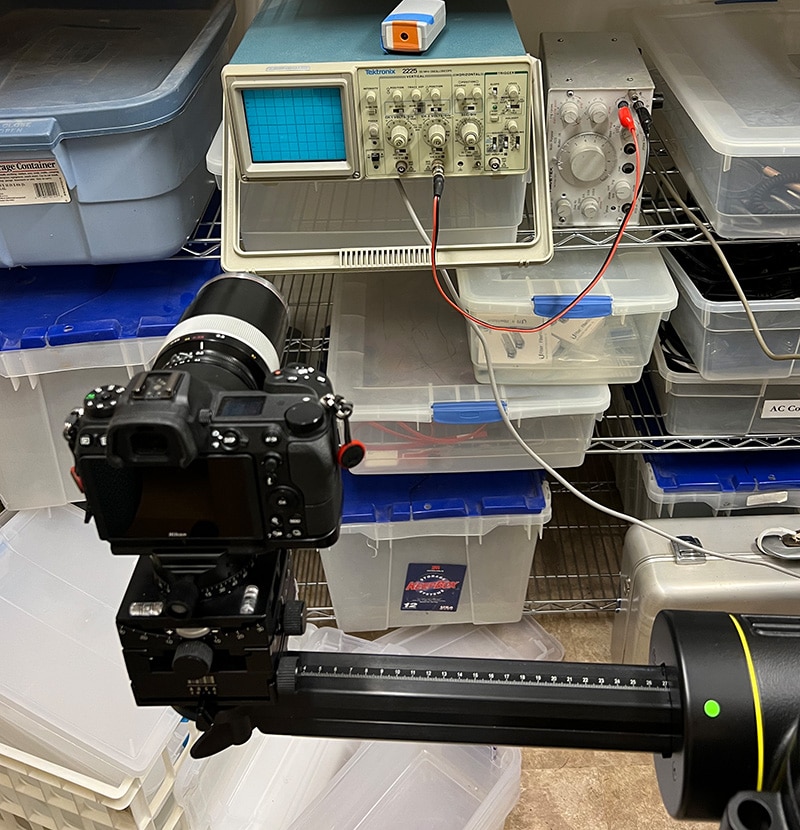
CarVac says
Is this lens electronically communicating with the camera?
The camera needs to know the lens’s exit pupil distance in order to properly set the timing/speed offset for the EFCS.
On my Canon 60D, very short exit pupil distances (my Tessar 45/2.8) have one edge of the frame darker and very long exit pupil distances (my Sonnar 135/2.8) have the opposite edge darker when I use 1/8000, indicating that the camera assumes some sort of happy medium exit pupil distance when it doesn’t have a native lens mounted.
JimK says
The lens is dumb. No electronic communication. I take your point. Do you know if Nikon changes the EFCS timing with different lenses?
JimK says
Does your Canon EFCS match the trailing curtain ballistics with the rolling reset?